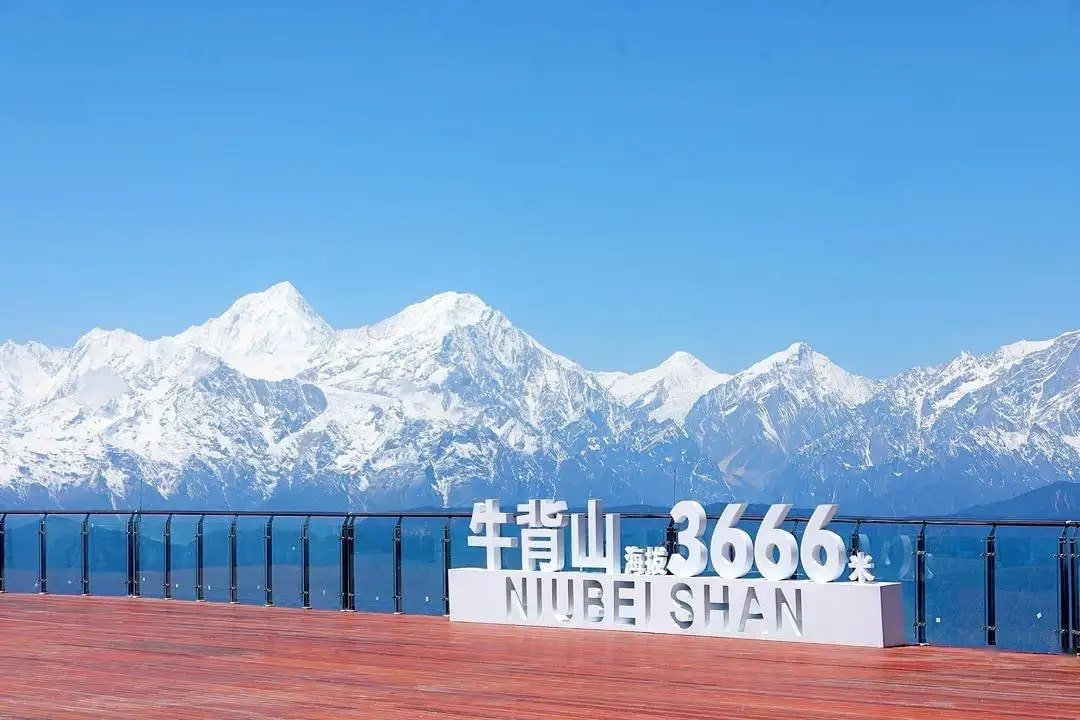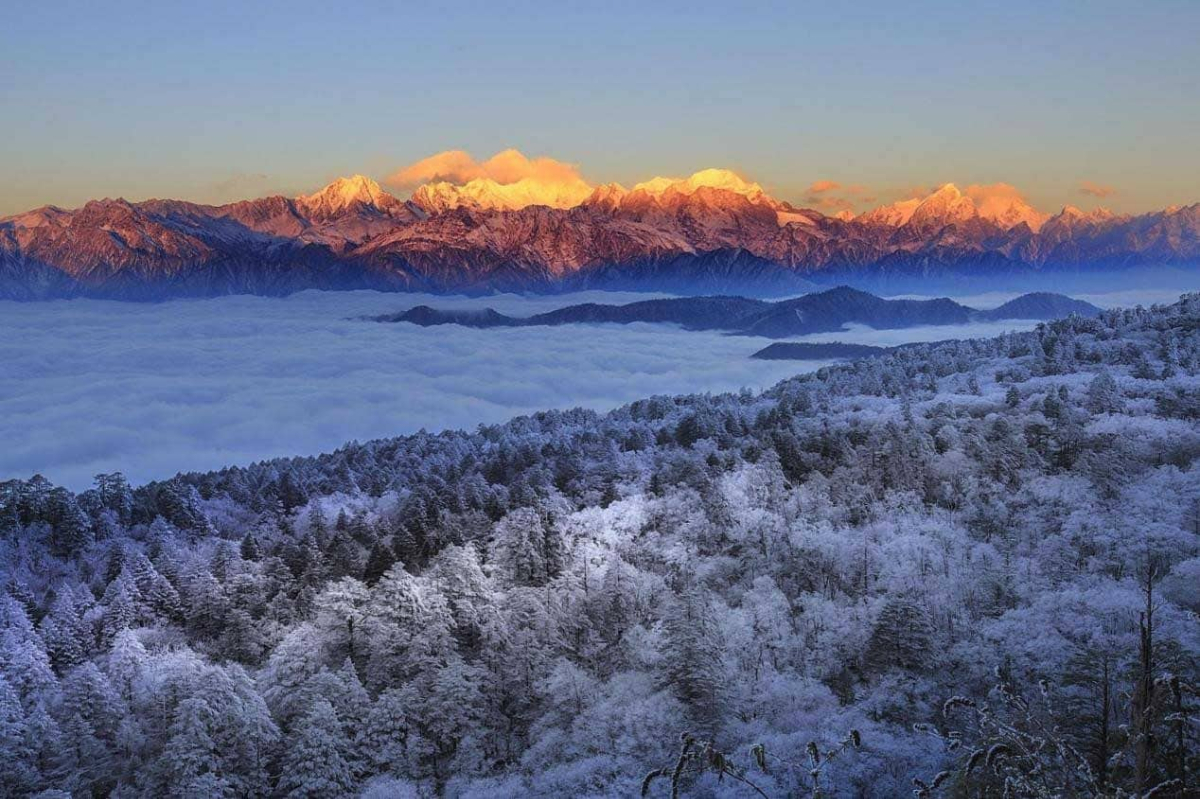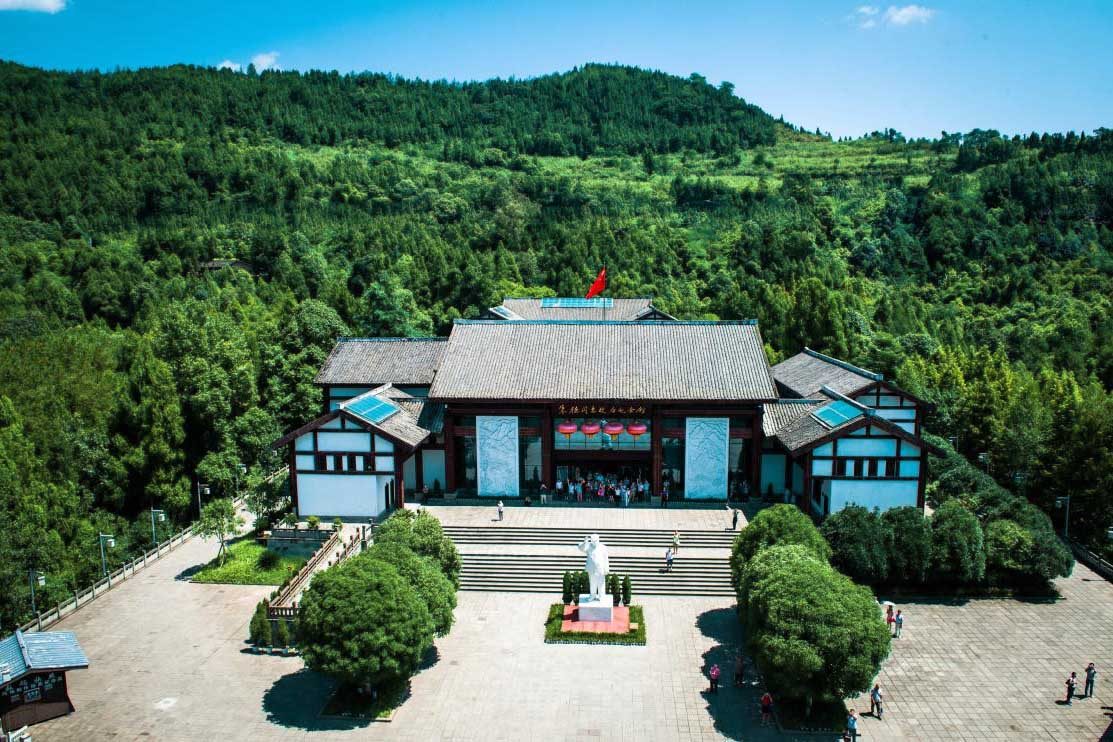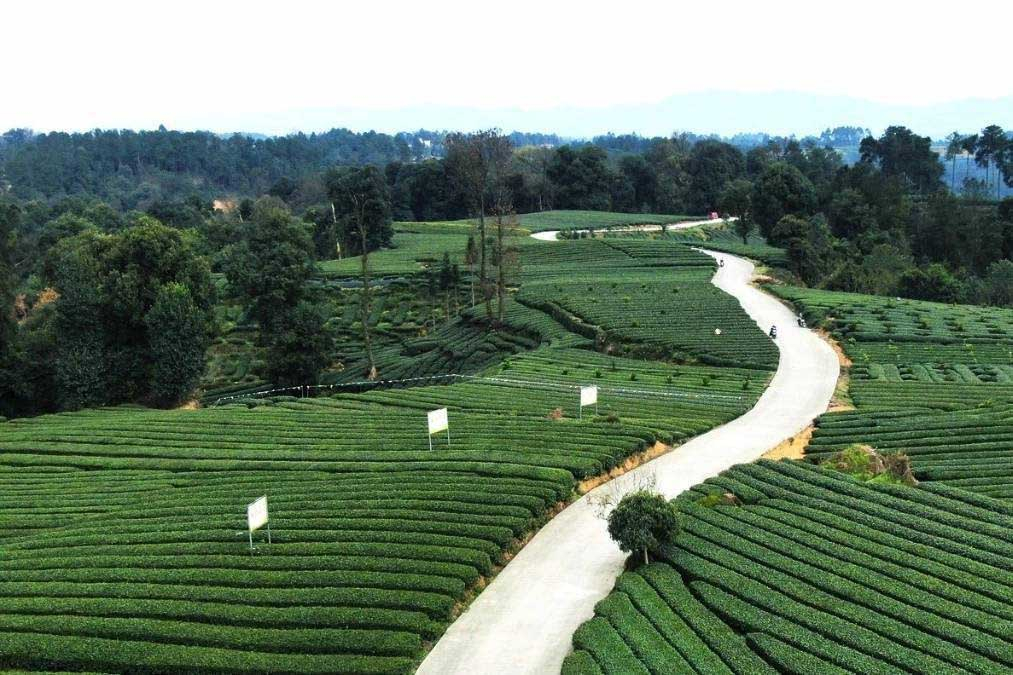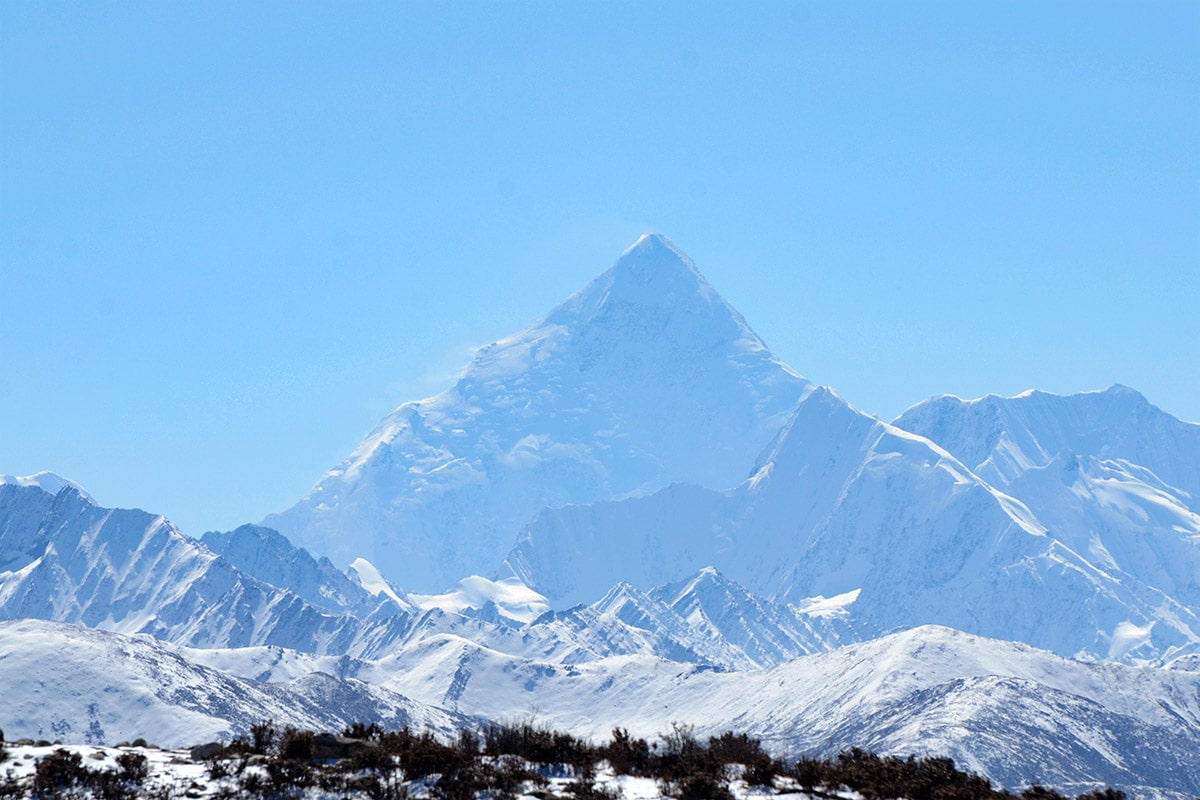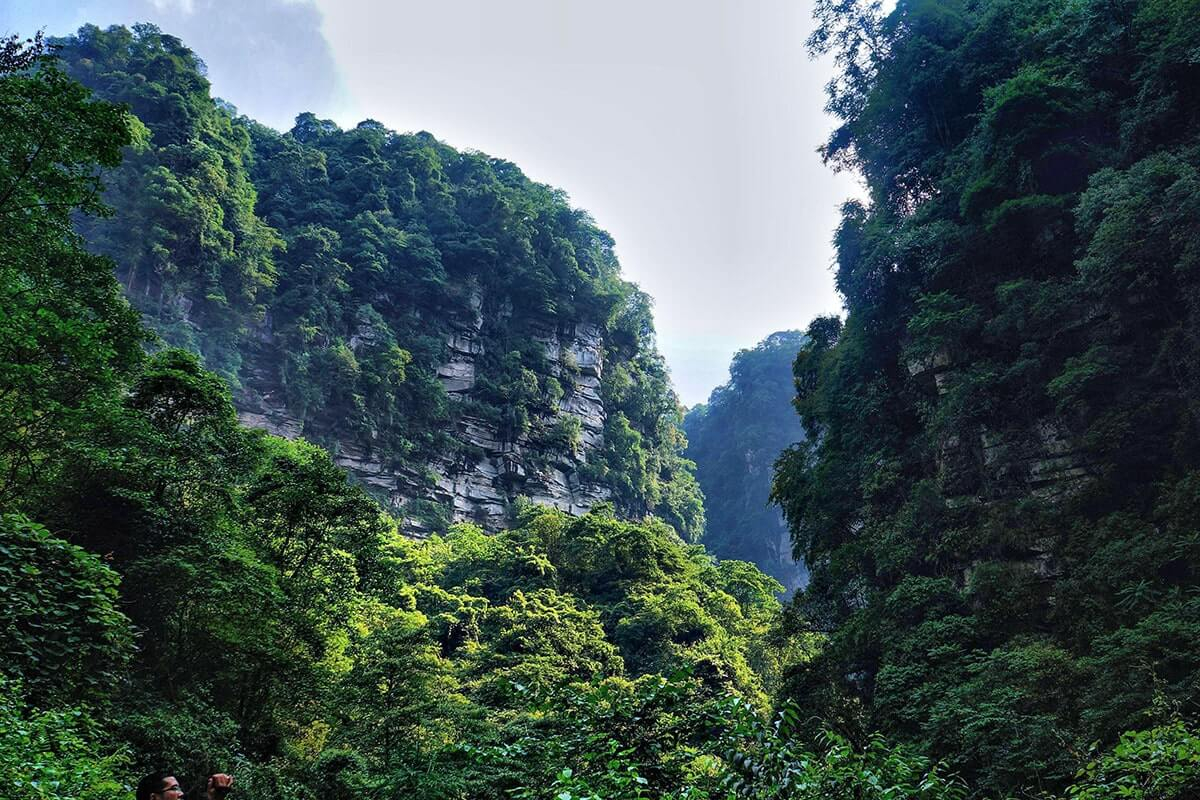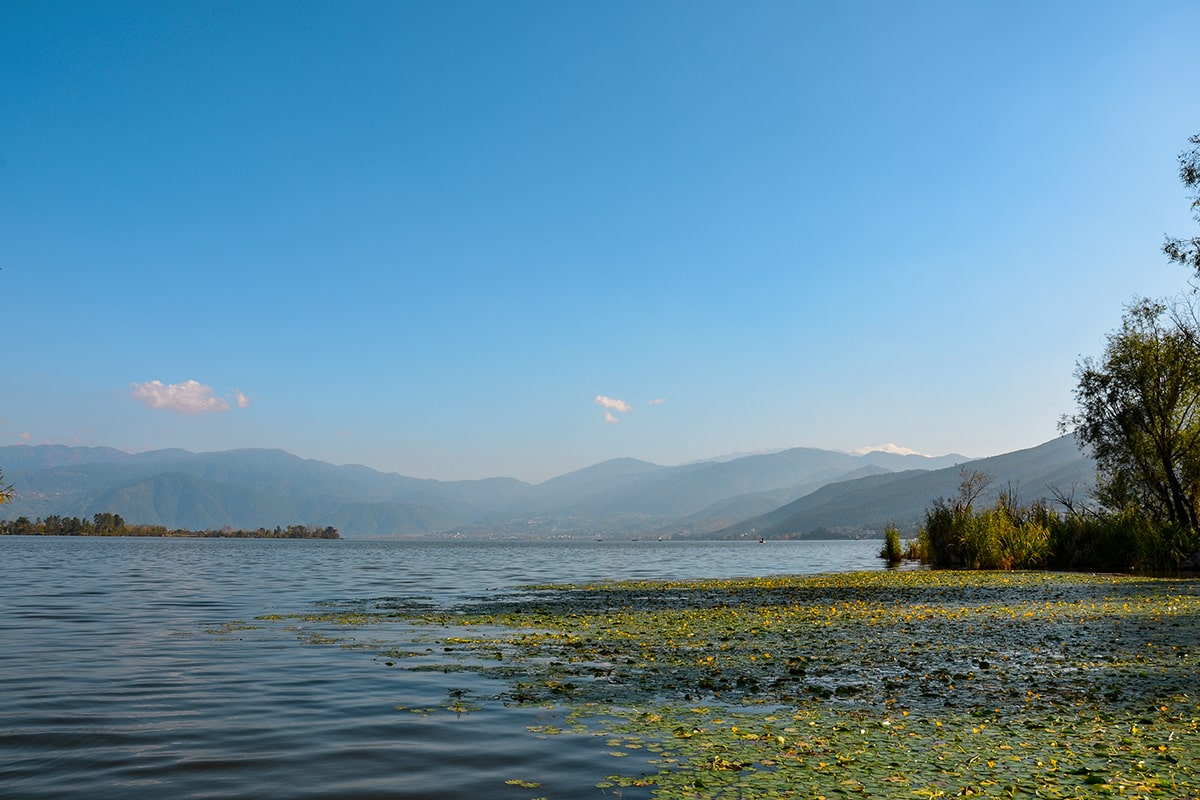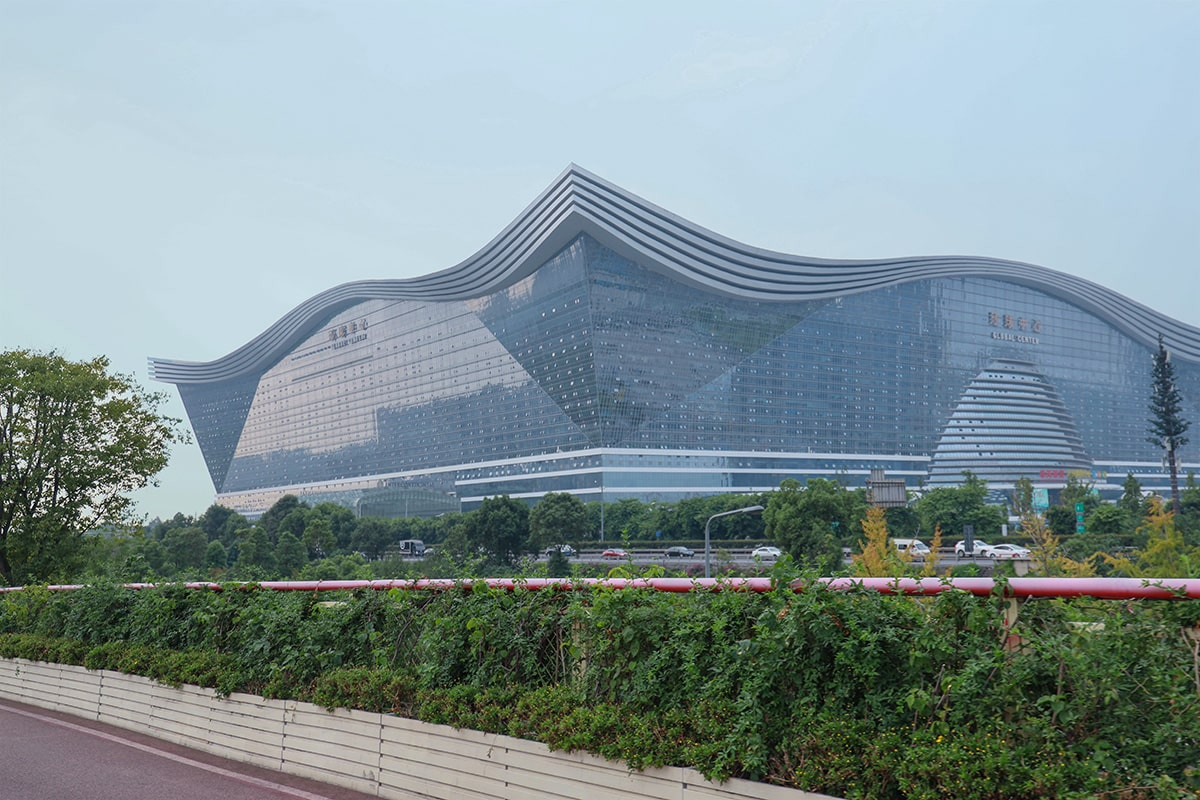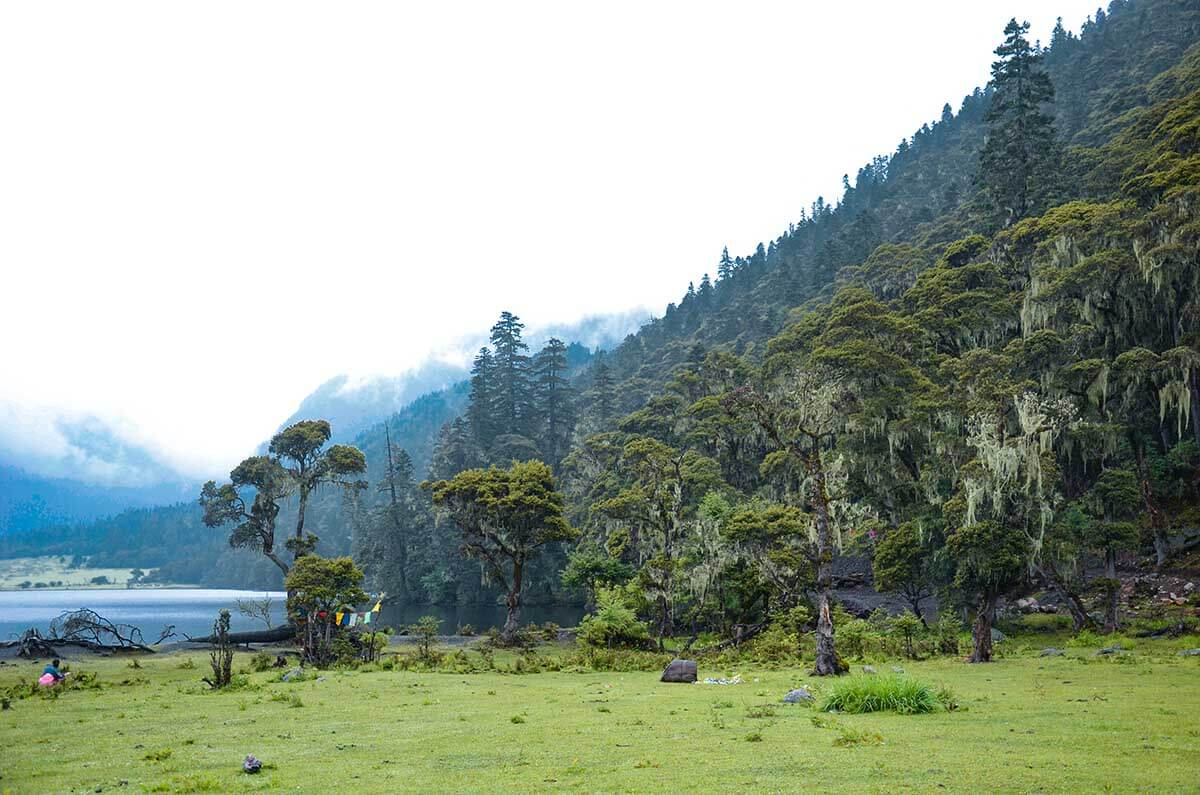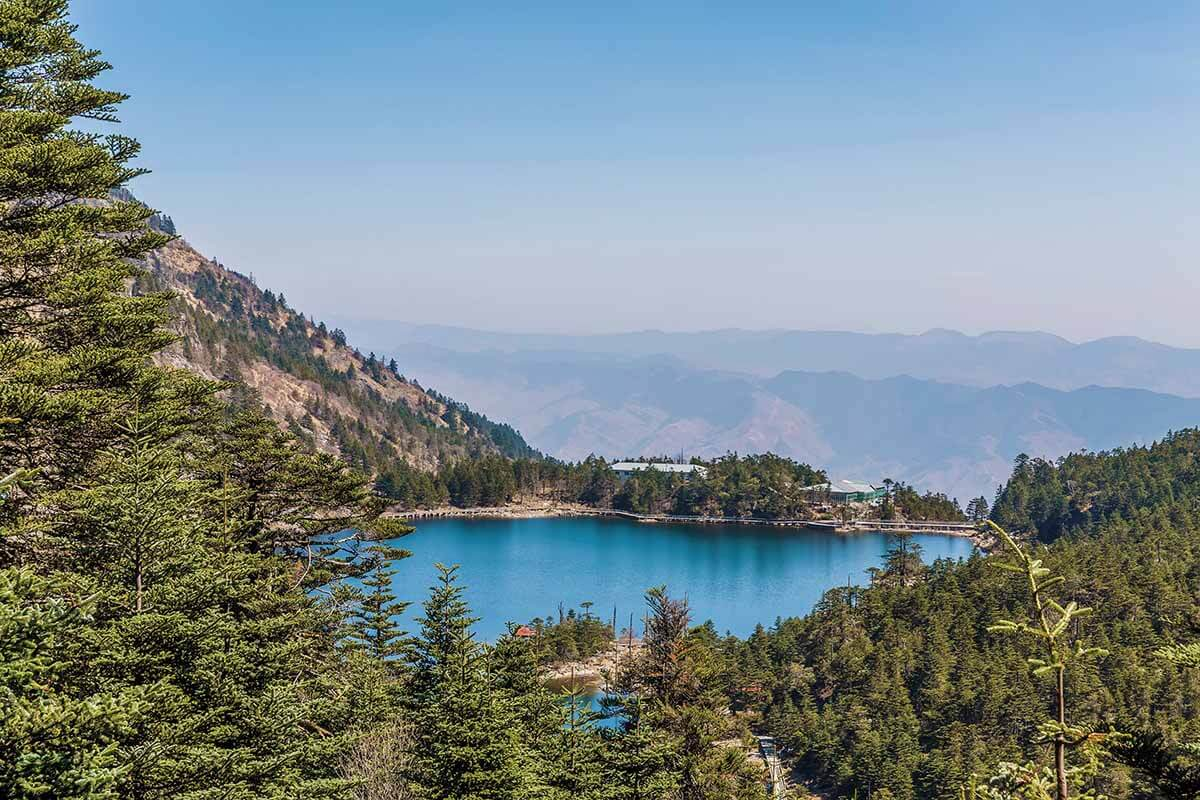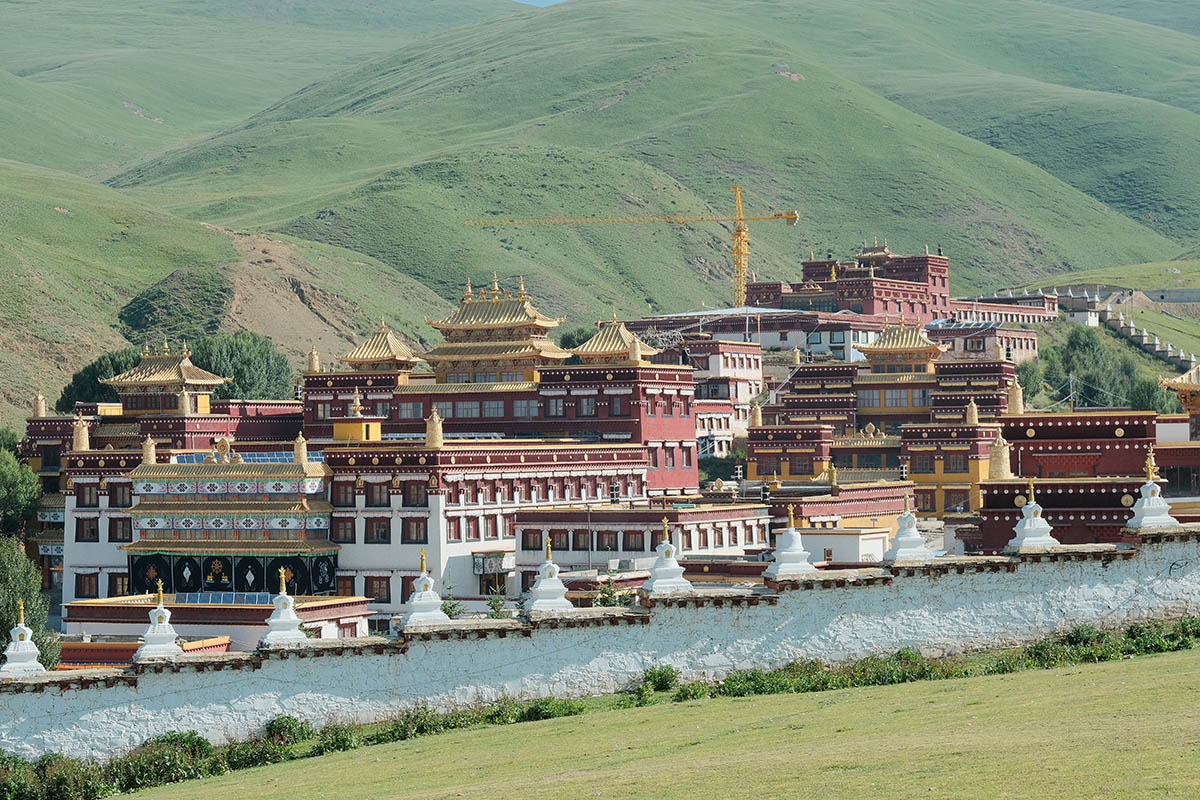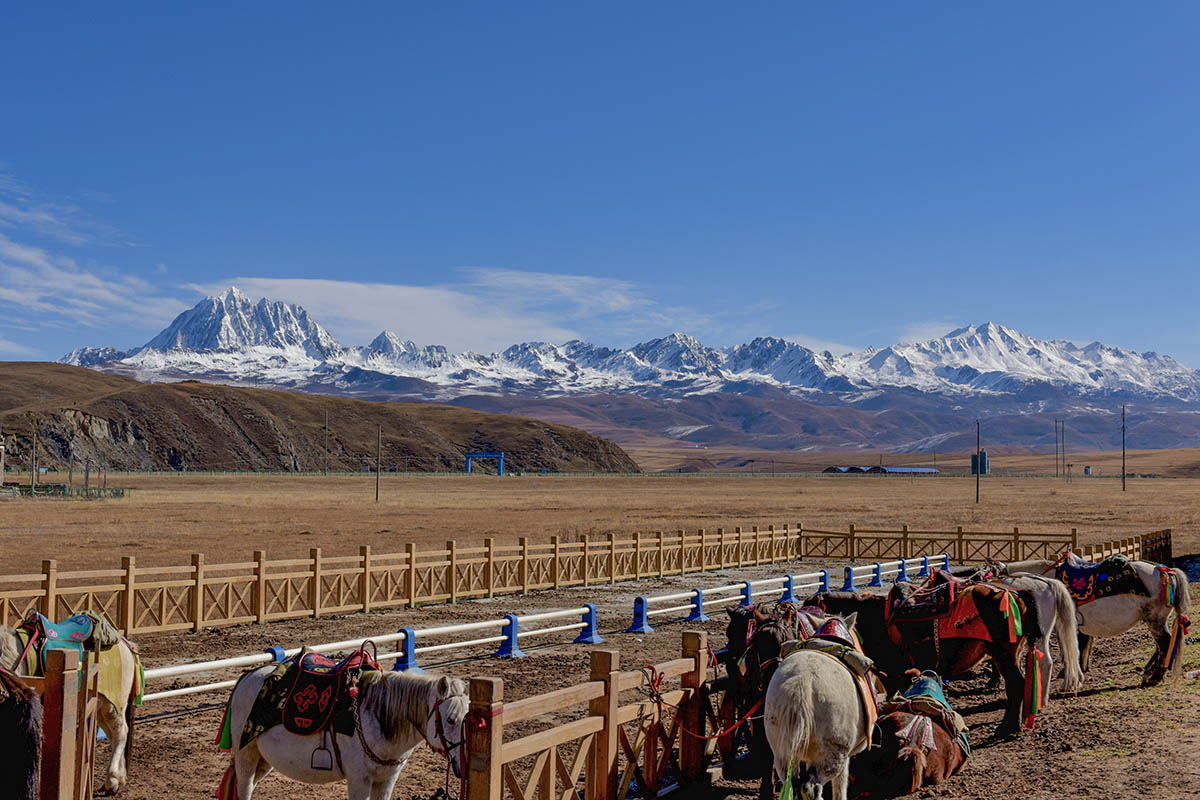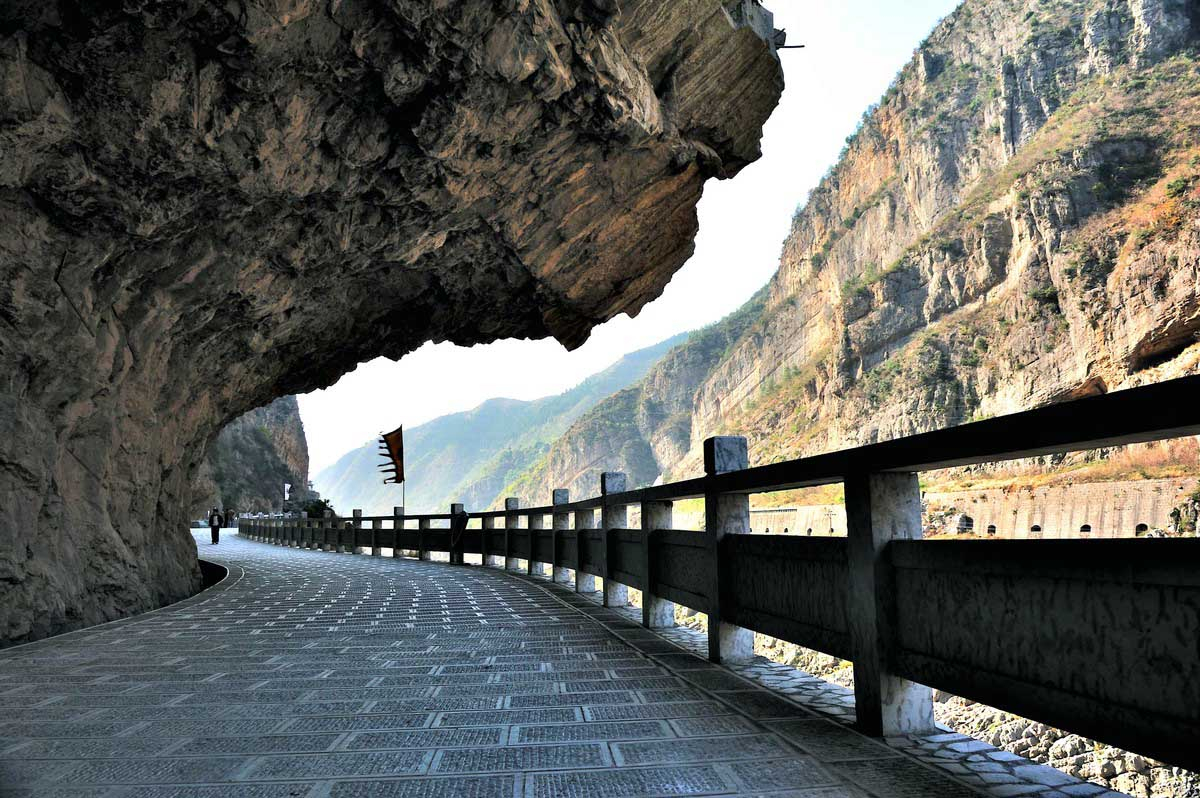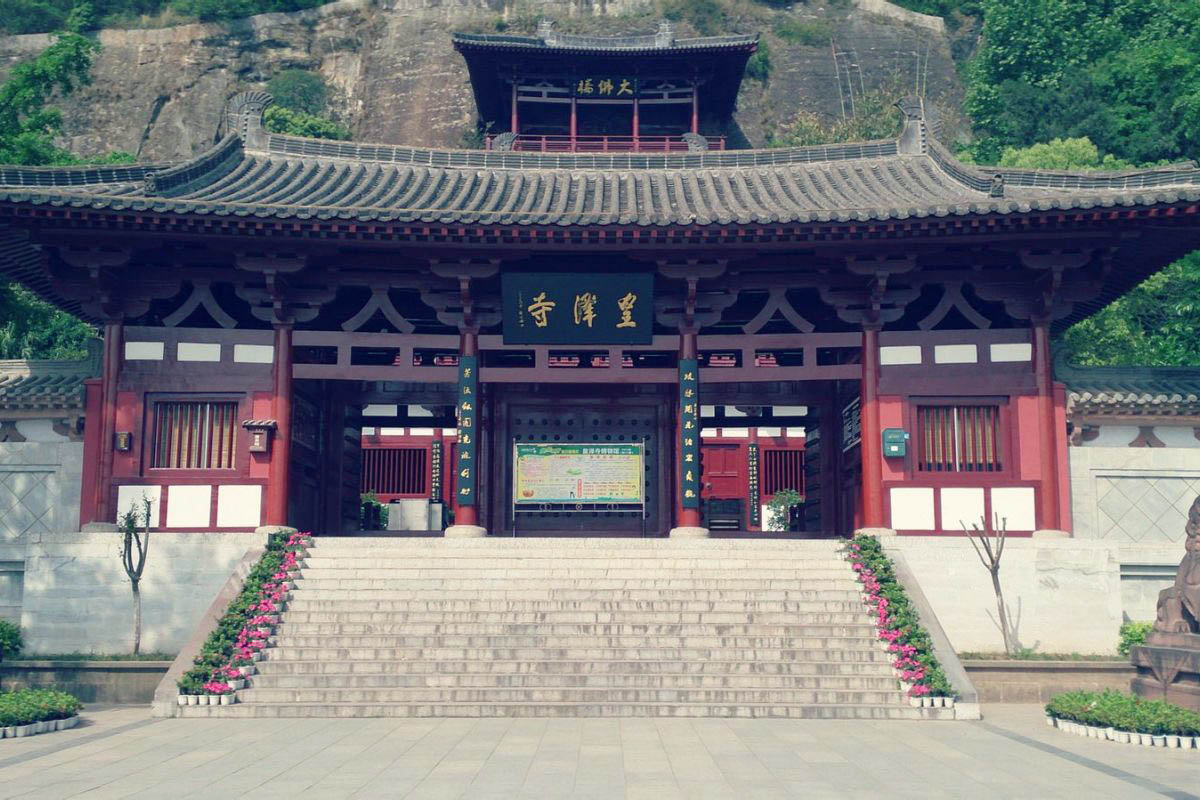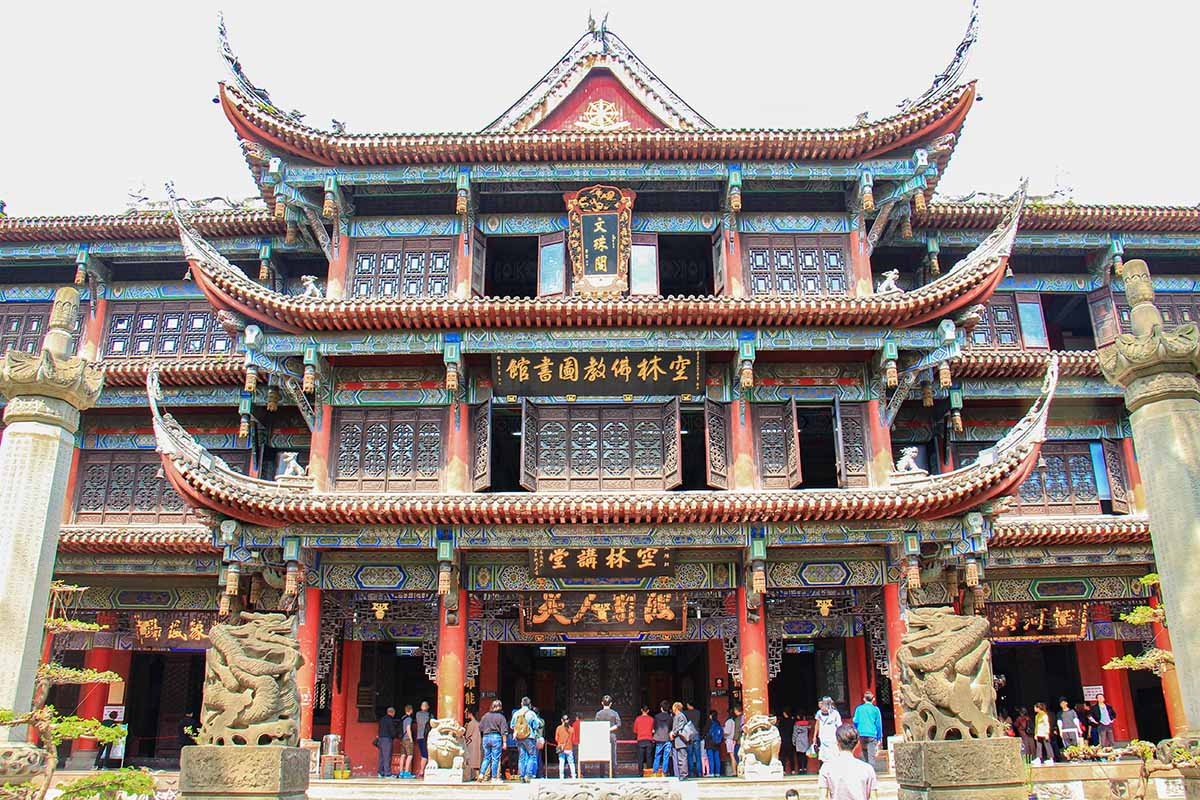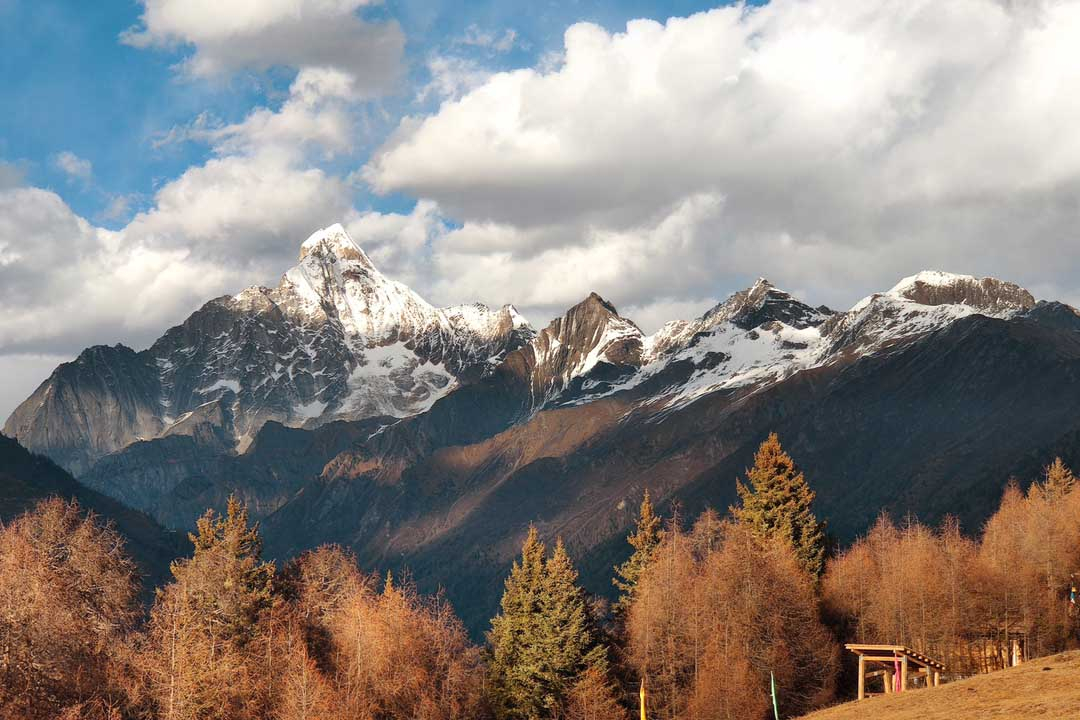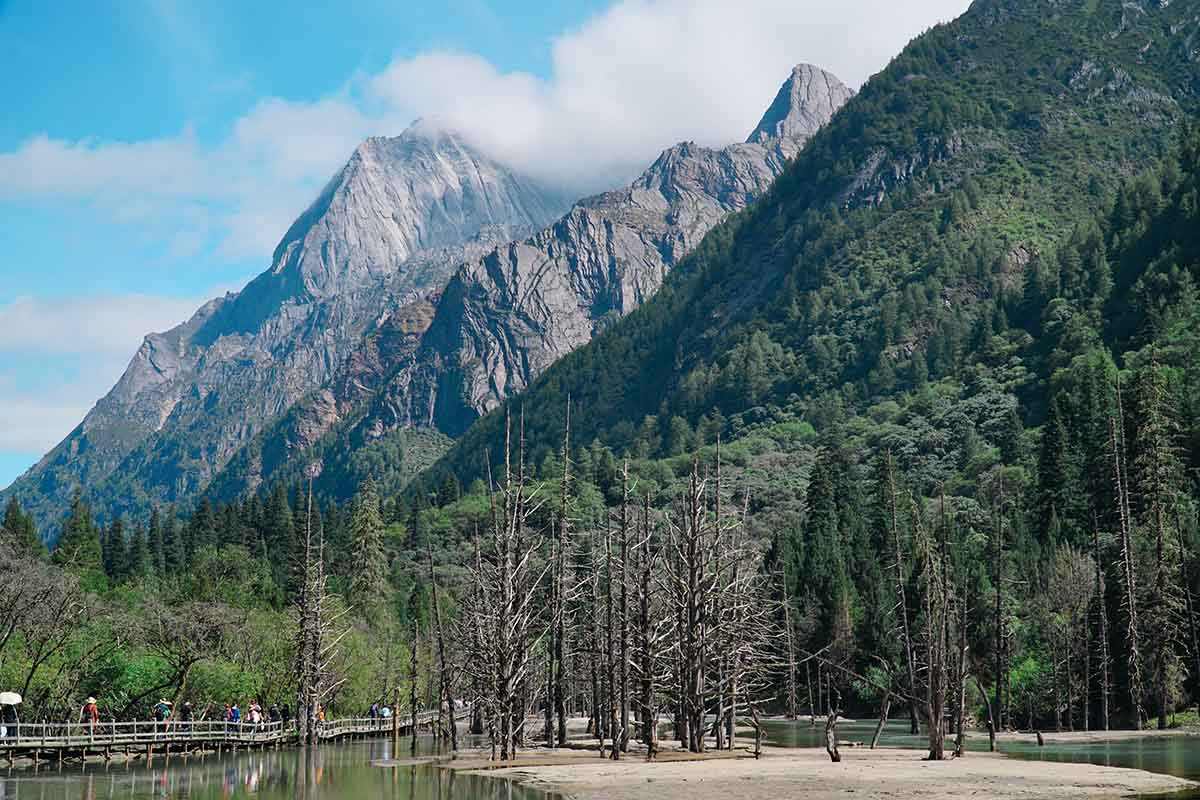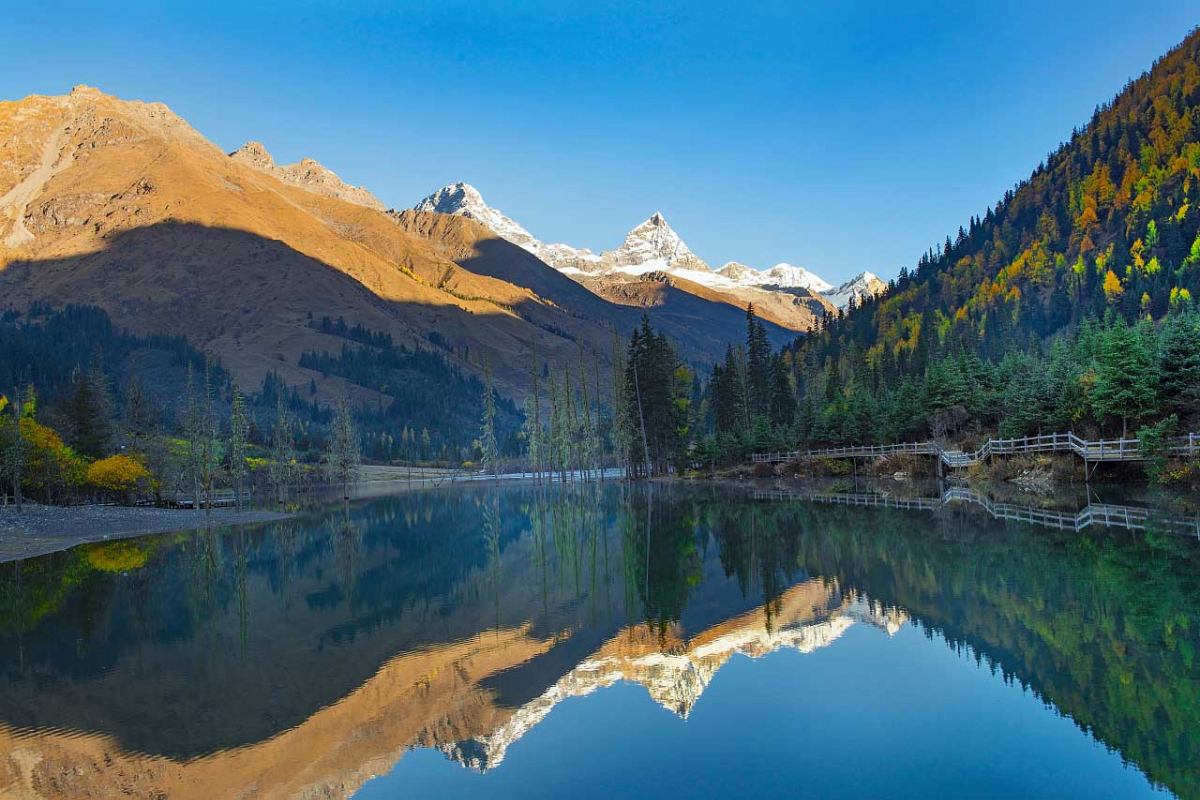Mengding Mountain
Chinese Name: 蒙顶山风景区 (Meng Ding Shan Feng Jing Qu)
Location: Mengdingshan Township, Mingshan District, Ya’an City, Sichuan Province
Ticket: Entrance ticket CNY52.00 (peak season), CNY45.00 (off season); Cable Car CNY15.00 (one-way), CNY30.00 (to & fro); other activities vary depending on the specific project.
Estimated tour time: Haly day
Recommended time to visit: Mar to Oct
Nearby attractions: Bifeng Valley Scenic Area, Shangli Ancient Town, Wawu Mountain Scenic Area, Emei Mountain Scenic Area, Xiling Snow Mountain Scenic Area, etc.
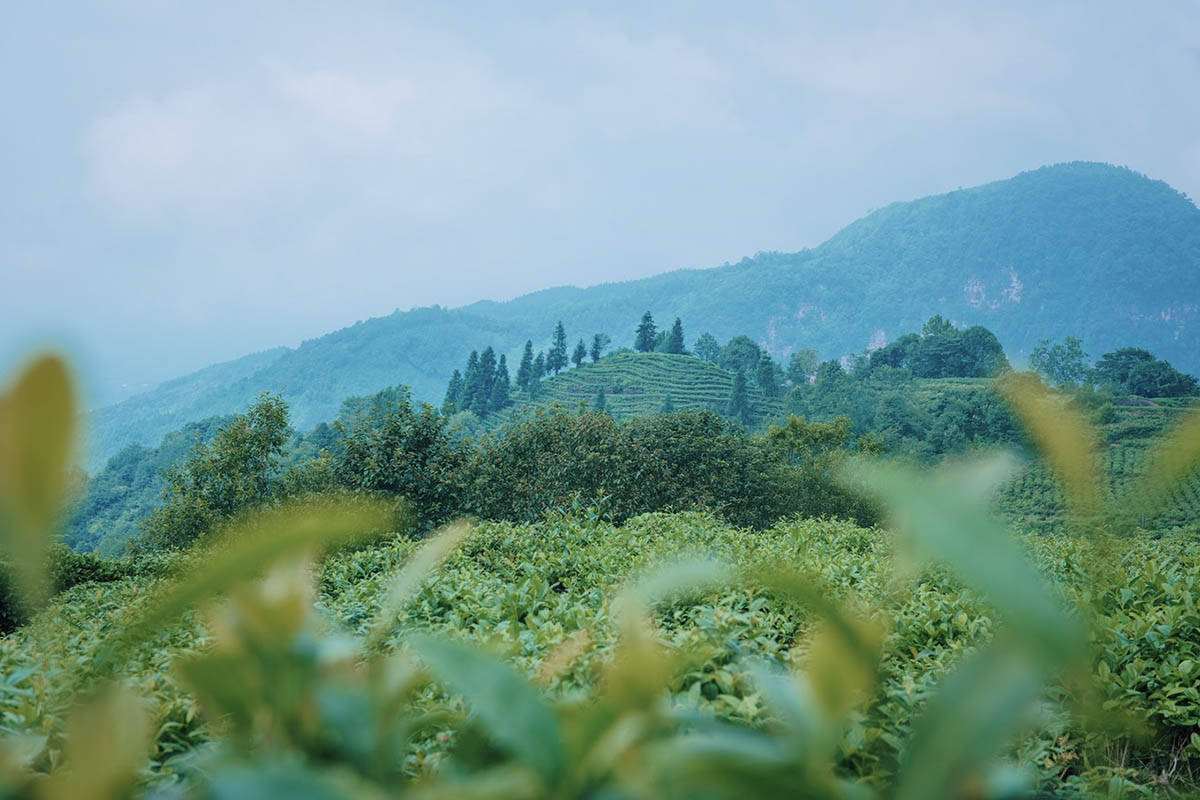
Mengding Mountain, located in Ya 'an city, Sichuan province, is one of the first provincial-level natural and cultural heritages in China, and a national AAAA scenic spot. Mt. Mengding is the birthplace of tea culture and the initial point of the Ancient Tea-Horse Trading Road between Sichuan and Tibet. It has been as famous as Mt. Emei and Mt. Qingcheng in Sichuan since ancient times. Mt. Emei is well-known for Buddhist culture as a prestigious Buddhist mountain and Mt. Qingcheng is a Taoist mountain without any doubt. As for Mt. Mengding, it is known as the "holy mountain of the tea culture".
The scenic area is about 45 square kilometers (17.37 square miles), and the core scenic area includes 5 peaks and 48 scenic spots, among which 18 cultural relics and historic sites could be found, most of which are listed as provincial and national key cultural relics. The highest point is the Shangqing Peak (上清峰), 1456 meters above sea level. As a natural sightseeing platform, overlooking six famous mountains from Mt. Meng is breathtaking, namely Mt. Emei, Mt. Wawu, Xiling Snow Mountain, Mt. Siguniang, Mt. Jiajin and Mt. Konggar (gongga).
The scenic spot is full of ancient trees, the forest coverage rate has reached 95% with ancient temples being embraced by ancient ginkgo clusters. As the paradise of cherished plants and animals, there are flourishing woods, tall bamboo bushes, small bridges over the flowing stream, temples with red walls, and every cubic centimeter of air contains more than 30,000 anions.
● Highlights of Mengding Mountain
Tiangai Temple 天盖寺
Located at the top of Mengding Mountain, it was founded in Han Dynasty (202 B.C.–220 A.D.) and rebuilt in Song Dynasty (960-1279) with a history of more than 1,000 years. Covering an area of 8,000 square meters (1.98 acre) and is surrounded by 12 towring ancient ginkgo trees. The gate of the mountain is different from other temples in that it has 90 nails on it, which is a symbol of prominent status in ancient times. It is said that monks here used to guard the tea garden and assess tribute tea for the emperor. In the middle of the temple is the main hall, a stone-pillar hall of Ming Dynasty (1368-1683), which is enshrining Wu Lizhen (吴理真), the ancestor of tea. In particular, the grand ceremony of tea-picking and ancestor worship on March 27 every year was unprecedented.
Yongxing Temple 永兴寺
Located on the hillside of Mt. Mengding, with an altitude of 1,000 meters. There are stone carvings on the gate, with nine twined dragons and a pair of kylin relievos. Rare and precious plants such as seven-stamen camellia, red and white magnolia and some others could be found in this temple. In particular, there is a red rhododendron (azalea) planted in the Ming Dynasty (1368-1644), with flowers blooming in profusion during late spring and early summer.
High Ladder 天梯古道
Located on the hillside from Yuwang Palace (禹王宫) to Tiangai Temple, with 1,430 stone steps in total.
The Museum of Tea History in Mt. Mengding 蒙顶山茶史博物馆
Founded in 1986, it is located at the starting point of High Ladder. Various documents, poems, specimens and tea sets about Mengding tea are displayed here. It is the largest museum of tea history and tea culture in Sichuan.
- HOTEST
- RECOMMEND
